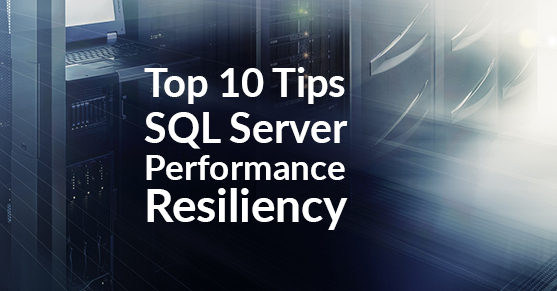
by XTIVIA | Jan 8, 2016 | Blog, Databases
This article is part 9 in a series on the top 10 most common mistakes that I have seen impact SQL Server Performance and Resiliency. This post is not all-inclusive. Most common mistake #9: Automatically Shrinking Your Database This is a topic that has been written...
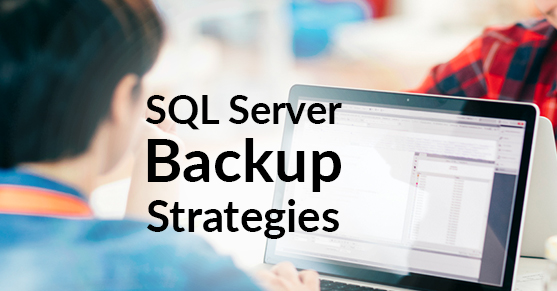
by XTIVIA | Jan 7, 2016 | Blog, Business Intelligence, Data Management, Data Warehousing, Databases
This discussion provides an understanding of what is included in a sound backup strategy for your Sql Server data warehouse application. Most data warehouse applications require a different backup and recovery strategy than a typical online transaction processing...
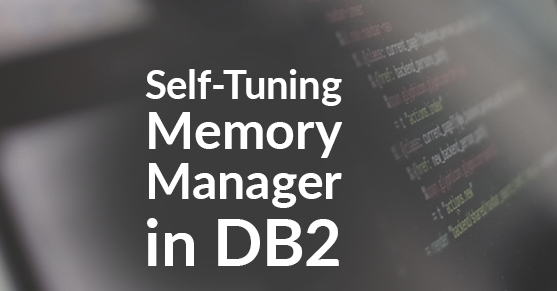
by XTIVIA | Jan 7, 2016 | Blog, Databases
DB2’s Self-Tuning Memory Manager (STMM) was introduced in DB2 9.1. The default for new, single-partition databases was ON from the beginning. What is STMM? DB2’s Self-Tuning Memory Manager can allocate and change the size of specific memory areas including...
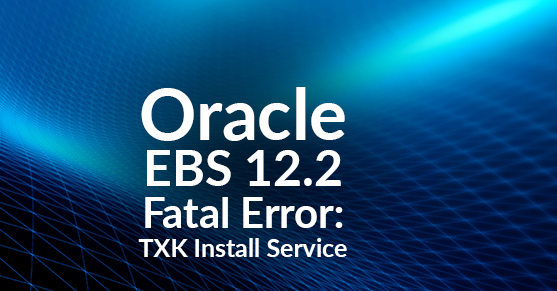
by XTIVIA | Jan 6, 2016 | Blog, Data Management, Databases
Ran into an issue today while installing a multi-user EBS Suite install using the latest startCD50. Thought I would share this to help some others if they run into the same problem. The error: Applying one-off patches Using...

by XTIVIA | Jan 5, 2016 | Blog, Data Management, Databases
Tip # 8 – Default TempDB Settings Top 10 Tips for SQL Server Performance and Resiliency This article is part 8 in a series on the top 10 most common mistakes that I have seen impacting SQL Server Performance and Resiliency. This post is not all inclusive. Most common...
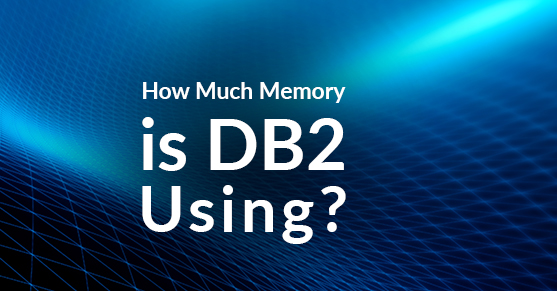
by XTIVIA | Dec 17, 2015 | Blog, Databases
Memory usage can be an issue for DB2 whether a server has 2 GB or 2 TB of memory. There can be issues with making DB2 use all of the memory, and there can be issues with DB2 causing paging or even kernel panics. Because of this, it is important to understand how much...
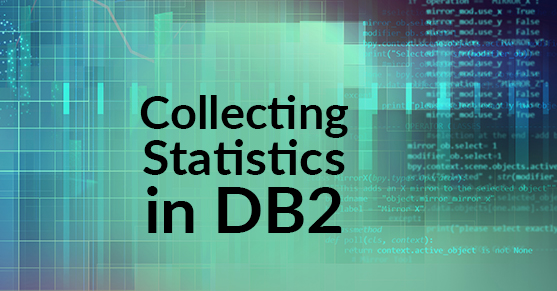
by XTIVIA | Dec 10, 2015 | Blog, Databases
Statistics are the most basic element of DB2 performance. One of the first questions any consultant or support person will (should!) ask you when you come to them with a query performance problem is when the last runstats was run for the tables involved. What are...
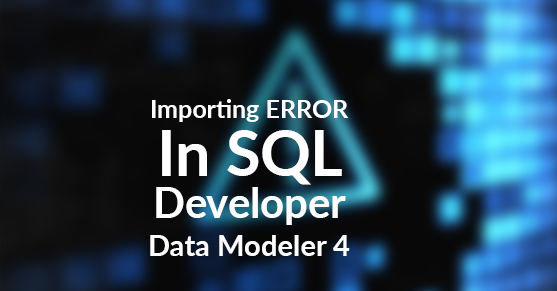
by XTIVIA | Dec 9, 2015 | Blog, Data Management, Databases
Symptom: Very recently, using SqlDeveloper 4 Data Modeler I tried to pull and import schema object data (i.e tables) to create an Entity Relationship Diagram ERD from an Oracle database. After carefully going through the required steps, I kicked off the import...
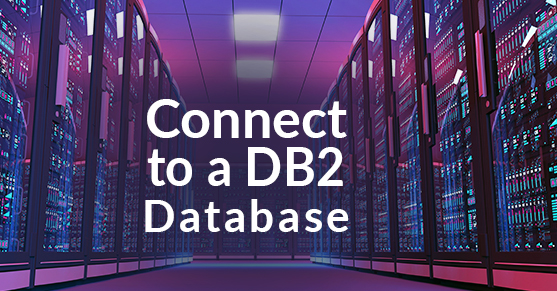
by XTIVIA | Oct 28, 2015 | Blog, Data Management, Databases
To run any SQL or perform runstats or other actions, you must establish a connection to a DB2 database. Connecting to a Database Connecting to an existing database on the same database server the database exists on, or connecting to an already cataloged database is...
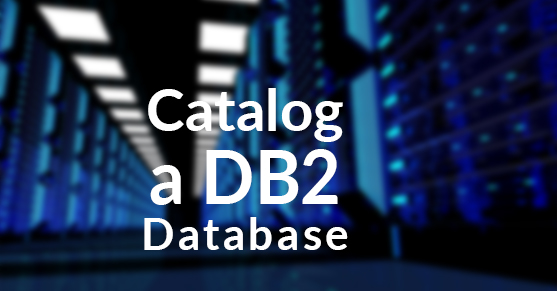
by XTIVIA | Oct 22, 2015 | Blog, Data Management, Databases
In order to connect to a DB2 database that is not on the server or workstation you’re connecting from, you’ll need to make DB2 aware of that database by cataloging it, unless you’re using JDBC type 4 drivers. JDBC type 4 drivers do not require that a...











